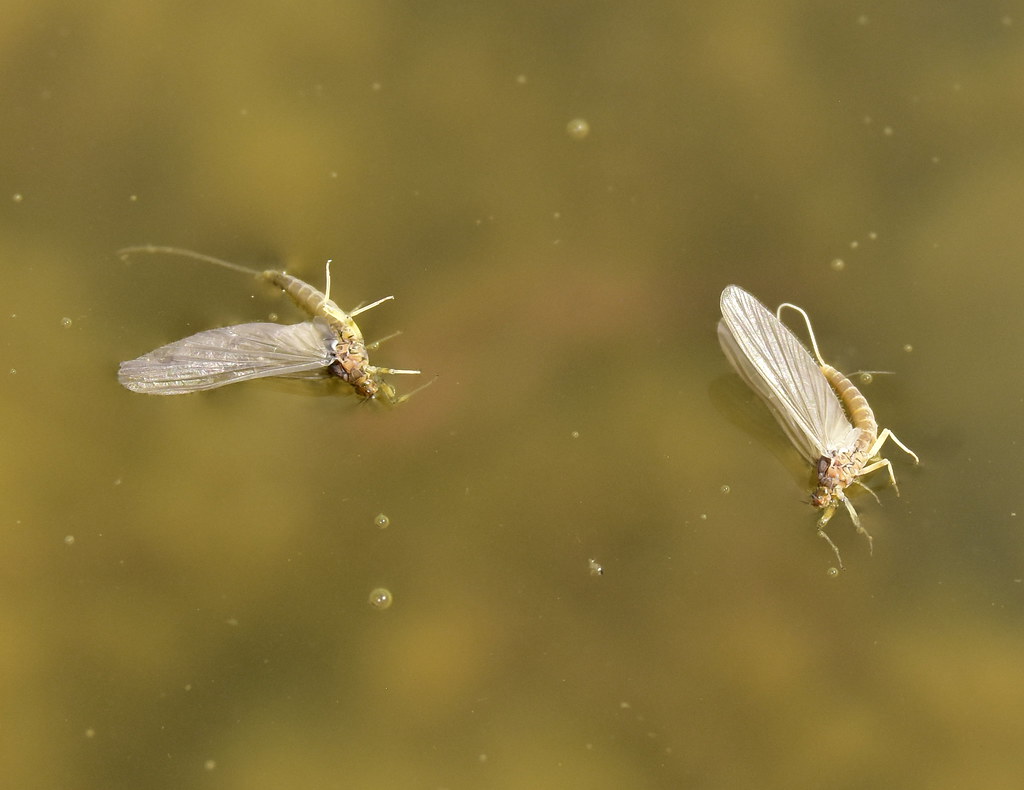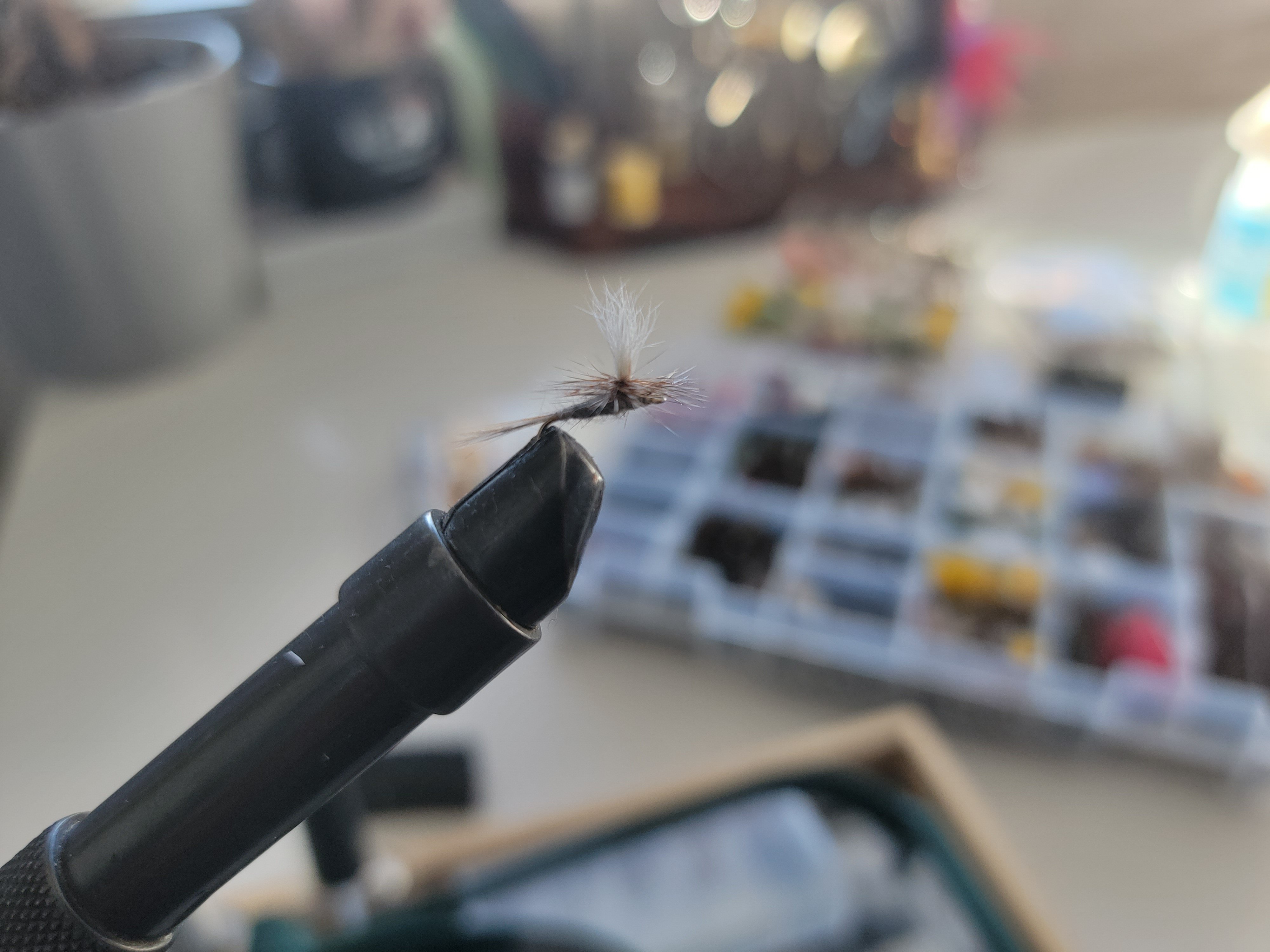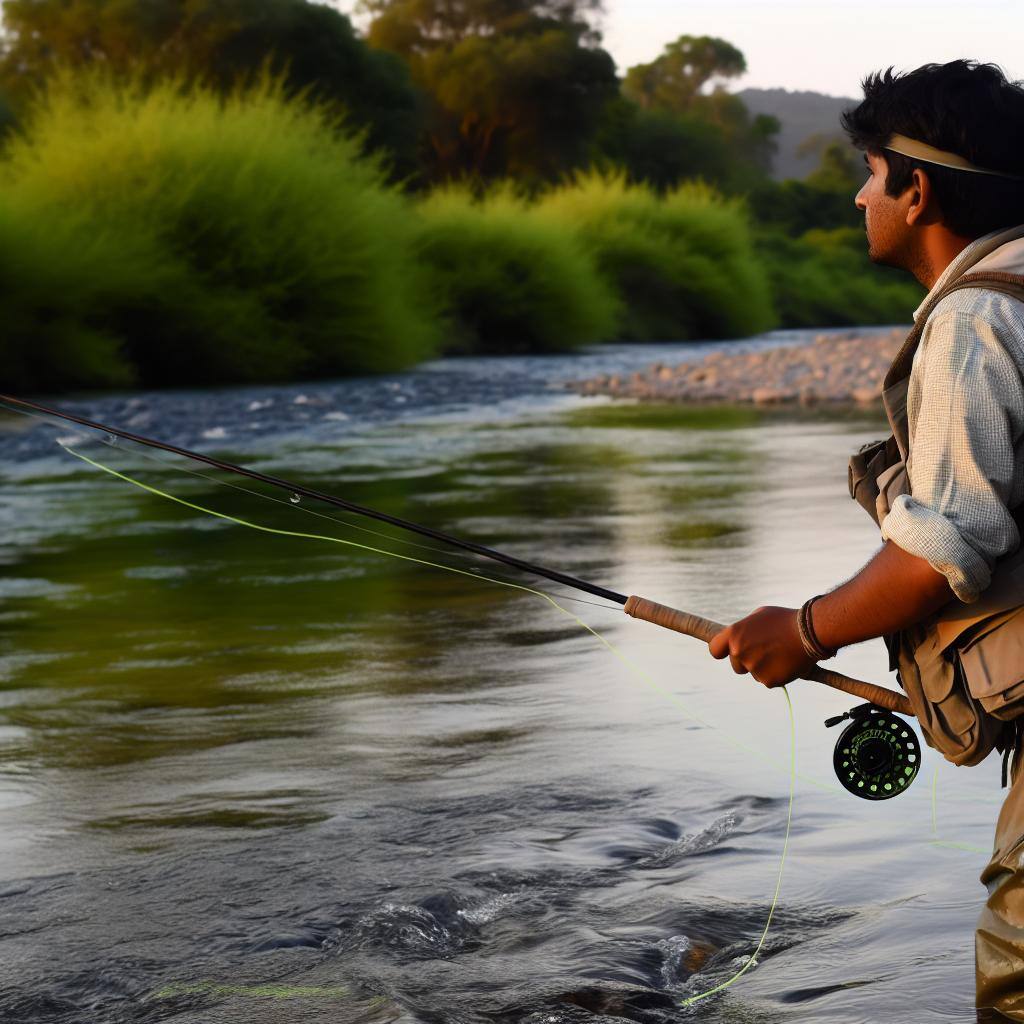Discover the fascinating world of mayflies and how they can enhance your fly fishing experience in Colorado.
Understanding Mayflies: Anatomy and Lifecycle
Mayflies are one of the most important insects in the world of fly fishing. Understanding their anatomy and lifecycle is crucial for any fly fisherman in Colorado. Mayflies have four distinct stages in their lifecycle: egg, nymph, dun, and spinner. Each stage plays a vital role in the life of a mayfly and affects how they behave and interact with their environment.
 In the egg stage, mayflies lay their eggs on the surface of the water. These eggs then hatch into nymphs, which are aquatic insects that live underwater. Nymphs can vary in size and color depending on the species, but they generally have segmented bodies, six legs, and gills for breathing underwater. Nymphs spend most of their lives in the water, feeding on algae, plants, and other small organisms.
In the egg stage, mayflies lay their eggs on the surface of the water. These eggs then hatch into nymphs, which are aquatic insects that live underwater. Nymphs can vary in size and color depending on the species, but they generally have segmented bodies, six legs, and gills for breathing underwater. Nymphs spend most of their lives in the water, feeding on algae, plants, and other small organisms.
As nymphs grow and mature, they undergo several molts, shedding their exoskeletons and growing larger. Once they reach their final molt, they emerge from the water as duns. Duns have wings, which they use to fly to nearby vegetation or rocks to rest and dry their wings. They are often found floating on the surface of the water, where they are vulnerable to hungry fish. Duns are typically lighter in color and have upright wings.
After a brief period as duns, mayflies molt one final time and become spinners. Spinners have fully developed wings and are sexually mature. They mate in swarms above the water, and the females return to the water to lay their eggs, completing the lifecycle of the mayfly.
Understanding the anatomy and lifecycle of mayflies is essential for fly fishermen in Colorado. By knowing the different stages and behaviors of mayflies, anglers can better imitate their movements and choose the most effective fly patterns.
Identifying Mayfly Species in Colorado
Colorado is a diverse ecosystem that is home to a wide array of mayfly species, each with its own distinct characteristics and behaviors. From the delicate Blue Winged Olive (BWO) to the vibrant Green Drake and the elegant Trico, the mayflies in Colorado showcase a beautiful tapestry of colors and sizes. These species play a vital role in the intricate web of life in Colorado's waters, making them a fascinating subject for fly fishermen to study.
 Identifying these different species of mayflies is crucial for fly fishermen looking to enhance their fishing experience. By closely observing the insects on the water, anglers can pick up on subtle clues like the shape and color of the wings, body markings, and size variations. These details serve as valuable indicators that can help anglers accurately identify the species they are targeting.
Identifying these different species of mayflies is crucial for fly fishermen looking to enhance their fishing experience. By closely observing the insects on the water, anglers can pick up on subtle clues like the shape and color of the wings, body markings, and size variations. These details serve as valuable indicators that can help anglers accurately identify the species they are targeting.
To truly master the art of identifying mayfly species in Colorado, fly fishermen should immerse themselves in the natural world around them. Spending time on the water, observing the insects in their habitat, and consulting field guides or knowledgeable experts can all contribute to developing a keen eye for differentiating between species. The more familiar anglers become with the nuances of each mayfly species, the better equipped they will be to choose the right fly patterns and fishing techniques to attract and catch their desired fish.
In the dynamic and ever-changing world of fly fishing, understanding the unique characteristics of mayfly species adds an exciting element to the angling experience. By honing their skills in species identification, fly fishermen can deepen their connection to the environment, elevate their fishing game, and ultimately enjoy more successful and rewarding outings on Colorado's pristine waters.
Mayfly Hatches: Timing and Locations
Mayfly hatches are a highly anticipated event for fly fishermen in Colorado. These hatches occur when a large number of mayflies emerge from the water at the same time, creating a feeding frenzy for trout. Understanding the timing and locations of mayfly hatches is crucial for maximizing fishing success.
 Mayfly hatches are influenced by various factors, including water temperature, weather conditions, and the specific species of mayflies. Different species have different emergence patterns, with some hatching in the morning, afternoon, or evening. It is important to research and be aware of the hatching times of the mayflies in the area.
Mayfly hatches are influenced by various factors, including water temperature, weather conditions, and the specific species of mayflies. Different species have different emergence patterns, with some hatching in the morning, afternoon, or evening. It is important to research and be aware of the hatching times of the mayflies in the area.
In Colorado, mayfly hatches can be found in a variety of locations, including rivers, streams, lakes, and ponds. Some popular fishing destinations for mayfly hatches in Colorado include the South Platte River, the Fryingpan River, and the Gunnison River. These locations offer abundant insect life and provide excellent opportunities for fly fishermen.
To make the most of mayfly hatches, fly fishermen should plan their fishing trips accordingly and be prepared with the appropriate fly patterns and fishing techniques. It is also important to be observant and adaptable, as hatches can vary in intensity and duration. Being in the right place at the right time can greatly increase the chances of success.
Matching the Hatch: Best Mayfly Fly Patterns
Matching the hatch is a fundamental concept in fly fishing, and it is especially important when targeting mayflies in Colorado. Mayflies have distinct appearances and behaviors during each stage of their lifecycle, and imitating these characteristics with the right fly patterns is essential for success.
 When selecting fly patterns for mayfly fishing, it is important to consider the size, color, and silhouette of the natural insects. Different species of mayflies have different body shapes, colors, and wing positions, so it is crucial to choose fly patterns that closely resemble the target species.
When selecting fly patterns for mayfly fishing, it is important to consider the size, color, and silhouette of the natural insects. Different species of mayflies have different body shapes, colors, and wing positions, so it is crucial to choose fly patterns that closely resemble the target species.
Some popular mayfly fly patterns for Colorado include the Parachute Adams, Blue Winged Olive (BWO) patterns, PMD patterns, and Elk Hair Caddis. These patterns imitate the various stages of mayflies and are proven to be effective in enticing trout to bite.
It is also important to have a variety of sizes and patterns in your fly box to match the different hatches and conditions you may encounter. Fly fishermen should experiment with different fly patterns and observe how the fish respond to determine the most successful patterns for a given situation.
Matching the hatch requires careful observation, knowledge of the mayfly species in the area, and the ability to adapt to changing conditions. By closely imitating the natural insects, fly fishermen can greatly increase their chances of fooling the fish and having a successful day on the water.
Shop our Match the Hatch Small Batch Flies here
Mastering Mayfly Fishing in Colorado
Mastering mayfly fishing in Colorado requires a combination of knowledge, skill, and experience. By understanding the anatomy and lifecycle of mayflies, identifying the different species, knowing when and where hatches occur, and selecting the right fly patterns, fly fishermen can greatly improve their success rate.
In addition to these fundamental aspects, there are several other factors to consider when targeting mayflies in Colorado. These include presentation techniques, such as dead-drifting or skittering the fly, reading the water to locate feeding fish, and adjusting tactics based on weather and water conditions.
It is also important to be patient and observant while on the water. Mayflies can be selective feeders, and trout can be picky about the flies they take. Paying attention to the fish's feeding behavior, the insects on the water, and making adjustments accordingly can make a significant difference in success.
Mastering mayfly fishing takes time and practice. Fly fishermen should spend as much time as possible on the water, honing their skills, and learning from their experiences. They should also seek guidance from experienced anglers or hire a guide to accelerate their learning curve.
By continuously learning, adapting, and refining techniques, fly fishermen can become proficient at targeting mayflies in Colorado and have memorable and rewarding fishing experiences.
.png?width=300&height=100&name=Copy%20of%20Rise%20Beyond%20Logo%2012.31.24%20(300%20x%20100%20px).png)
.png)


